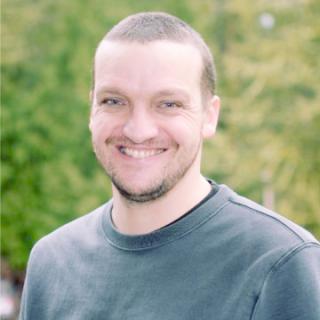Presentation: Optimizing For Production Workloads
Share this on:
Abstract
Breaking down the containers runtimes into their base functionality and then building them up into a series or core libraries and tools to specialize in core capabilities. Our goal is, rather then have one monolithic daemon to do all container management, to build up a series of tools that specialize in each different function of container management.
The tooling landscape for containers is evolving rapidly--to keep things running smoothly in production, you need to keep your eye on the latest developments in container infrastructure. This talk will introduce the following:
- containers/Image: Library used by other tools for pulling and pushing container images to and from a container registry like docker.io and into other types of container storage
- containers/storage: Library used for storing container images on disk supporting multiple container backends including Overlay, Devicemapper, and Btrfs
- libpod : Library for managing the lifecycle of pods and containers
- Skopeo: CLI tool that uses containers/image and containers/storage to move container images between different types of containers storage, including container registries, container storage, Docker storage, OCI Directories etc. Think of it as scp for container images.
- Buildah: CLI tool that allows you to build OCI container images using standard linux tools, no daemon necessary, also has support for Dockerfile
- CRI-O : API server daemon for the Kubernetes Container Runtime Interface. optimized for serving the Kubernetes and OpenShift Workloads. Supports multiple container runtimes like runc and kata containers out of the box.
- Podman: Simple CLI tool used to create pods and containers without requiring a daemon.
Tools share the same container storage and infrastructure, allowing users to pick and choose the best tool for their workloads.
Last Year's Tracks
Monday, 5 March
-
Leading Edge Backend Languages
Code the future! How cutting-edge programming languages and their more-established forerunners can help solve today and tomorrow’s server-side technical problems.
-
Security: Red XOR Blue Team
Security from the defender's AND the attacker's point of view
-
Microservices/ Serverless: Patterns and Practices
Stories of success and failure building modern service and function-based applications, including event sourcing, reactive, decomposition, & more.
-
Stream Processing in the Modern Age
Compelling applications of stream processing & recent advances in the field
-
DevEx: The Next Evolution of DevOps
Removing friction from the developer experience.
-
Modern CS in the Real World
Applied trends in Computer Science that are likely to affect Software Engineers today.
-
Speaker AMAs (Ask Me Anything)
Tuesday, 6 March
-
Next Gen Banking: It’s not all Blockchains and ICOs
Great technologies like Blockchain, smartphones and biometrics must not be limited to just faster banking, but better banking.
-
Observability: Logging, Alerting and Tracing
Observability in modern large distributed computer systems
-
Building Great Engineering Cultures & Organizations
Stories of cultural change in organizations
-
Architectures You've Always Wondered About
Topics like next-gen architecture mixed with applied use cases found in today's large-scale systems, self-driving cars, network routing, scale, robotics, cloud deployments, and more.
-
The Practice & Frontiers of AI
Learn about machine learning in practice and on the horizon
-
JavaScript and Beyond: The Future of the Frontend
Exploring the great frontend frameworks that make JavaScript so popular and theg JavaScript-based languages revolutionising frontend development.
-
Speaker AMAs (Ask Me Anything)
Wednesday, 7 March
-
Distributed Stateful Systems
Architecting and leveraging NoSQL revisitied
-
Operating Systems: LinuxKit, Unikernels, & Beyond
Applied, practical, & real-world deep-dive into industry adoption of OS, containers and virtualisation, including Linux on Windows, LinuxKit, and Unikernels
-
Architecting for Failure
If you're not architecting for failure you're heading for failure
-
Evolving Java and the JVM: Mobile, Micro and Modular
Although the Java language is holding strong as a developer favourite, new languages and paradigms are being embraced on JVM.
-
Tech Ethics in Action
Learning from the experiences of real-world companies driving technology decisions from ethics as much as technology.
-
Bare Knuckle Performance
Killing latency and getting the most out of your hardware
-
Speaker AMAs (Ask Me Anything)


